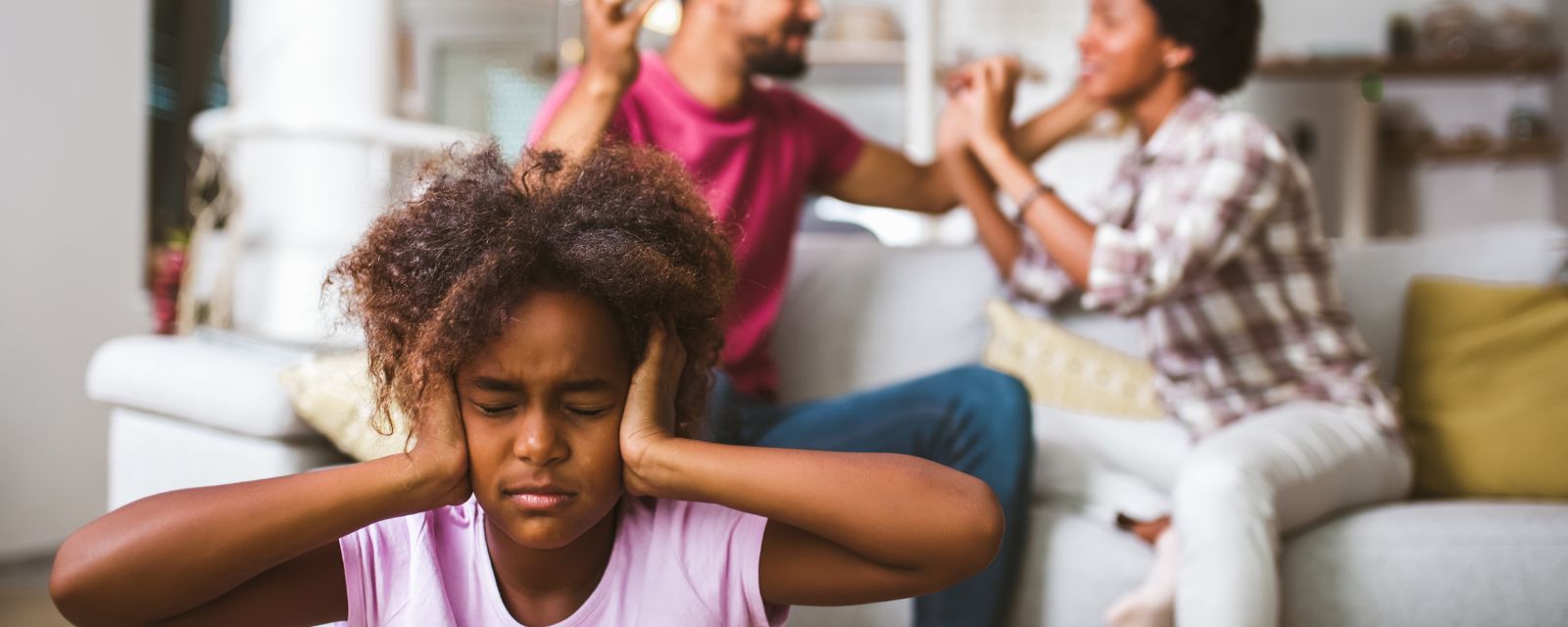Why Self-Care Isn’t What You Think It Is (A Radical History of Self-Care)
It’s a Trap! “Self-Care” & “Wellness” Marketing
What do we think of when we hear “self-care”? Living in a culture where we are inundated with constant marketing, we might think of:
- Lavender sprays, essential oils, scented candles, diffusers for our rooms
- Face masks, facial oils, bath bombs
- Spa days, manicures/pedicures, facial treatments
- Gift boxes, kits, or sets labeled “self-care essentials”
What do all of these have in common? They often require spending money or purchasing items in order to achieve a particular vision of “self-care” or “wellness.” This isn’t an accident - this is intentional messaging that slowly convinces us that “self-care” = indulging ourselves = spending money. It’s also incredibly effective: As of 2022, the wellness industry was valued at $5.6 trillion worldwide, with the largest subcategory of its market share attributed to “Personal Care & Beauty.”

The trap of “Self-Care” & “Wellness” marketing is brilliantly designed to feel empowering and soothing, only for a moment. When the effects wear off, we are told we will feel better once we incorporate it regularly into our lives through a subscription or another set of purchases. But what if we can’t afford spa days or face masks all the time? What happens when we can’t fit into this consumer capitalist model of “self-care” and “wellness”?
The consumer capitalist model of “self-care” and “wellness” is only what we know today, but it’s certainly not how it started. Let’s look at the history and find some answers.
The Historical Roots of “Self-Care” in the U.S.
1950s-60s: Deinstitutionalization
The term “self-care” was initially used in the medical field in the 1950s as a way to discuss how patients could manage their conditions and also maintain their sense of self or autonomy. Oftentimes it was used within the context of institutionalized or elderly individuals who required higher level or long-term care. This was an incredibly pertinent issue for this time because in the decades leading up to the 1950s, state mental hospitals saw a 240% increase in admitted individuals, who were mostly poor and chronically ill. The development of “self-care” as a concept was directly in conversations related to the conditions of these institutions and treatment of individuals within them.
Because of the numerous accounts of inhumane conditions in mental hospitals and the introduction of the first antipsychotic drug (Thorazine) into the general market, the 1950s-60s brought about a push for deinstitutionalization. This movement pushed for community mental health centers (CMHCs) and community-integrated treatment for individuals rather than “containing them” in mental hospitals. The federal gov’t passed the 1963 Community Mental Health Act with the intention to build 1500 CMHCs and decrease the need (and federal funds) for state mental hospitals, but because of what historians call “failures in implementation,” only 700 CMHCs were built. Additionally, these CMHCs focused on preventing chronic illnesses and treating acute cases rather than treating individuals with existing chronic conditions.
So in other words:

How does one “self-care” while facing chronic illness, poverty, and a lack of resources? How does one “self-care” when the systemic structures that are supposed to be supportive (like CMHCs, hospitals, the medical industry, etc.) fail them?
One might start looking to their community.
1960s-70s: The Civil Rights Movement
The Civil Rights movement of the 1960s emphasized healthcare as a priority, as Black communities faced systemic oppression and discrimination at the hands of medical professionals for decades. (One example: the Tuskegee Syphilis Study was conducted from 1932-1972; it was still happening during this time!)
In an effort to create accessible and safe services for Black communities, the Black Panther Party (BPP) organized 60+ community led “survival programs” designed to provide anything from food, clothing, employment, neighborhood safety, medical services, and more. They were deemed “survival programs” because it was understood that the community must care for one another and give each other access to such resources (i.e. food, employment, housing, education, etc.) in order to survive. Within the movement, “self-care” was not just about the individual, but the collective; “self-care” was just not a way to find relief, but to find survival.
Here’s a flier of the Black Community Survival Conference that the Black Panther Party held in 1972:

As the movement continued, Civil Rights activists began discussing the need for “self-care” also as a personal act of self-preservation and holistic care. Late activist Audre Lorde described it best in her memoir, A Burst of Light: “Caring for myself is not self-indulgence, it is self preservation, and that is an act of political warfare.”
Leaders such as Ericka Huggins began practicing yoga and meditation and encouraging others from the movement to join. As Angela Davis reflected on her own practices, she mentioned in an interview that she “had to recognize the importance of emphasizing the collective character of that work, on the self” - how the purpose of individual “self-care” fits into the bigger picture of collective care.
History vs. Now: “Self-Care”
So what do we even do with all this historical context? What does “self-care” even mean? Let’s do a side-by-side recap:
As the idea of “self-care” has been telephoned into mainstream society, there have been intentional revisions made to its definition. Although there are some overlaps, like practicing yoga and meditation and the idea of taking one’s health into one's own hands, the overall messaging has changed the focus of “self-care” from one of collective focus to a solely individual focus.
This is not ALL bad - it’s important to know how to center ourselves, self-soothe, and find relief from the stressors we face. But if this is where our “self-care” ends, it may not be as caring for us in the long run. I offer this analogy: If we find a fire in a corner of our room, it’s necessary for us to know how to put it out. We’ll stamp out the fire, pour water on the affected area, and air out the room. But if we keep finding fires after several days, weeks, or months in that same room, we might need to investigate further why the fires are happening in the first place.
Our “self-care” cannot end with just ourselves because we don’t exist only as individuals. We exist in relationships of all kinds: families (biological, adoptive, or chosen), neighborhoods, organizations, networks, and communities. The “self-care” that we give ourselves ultimately impacts the care we are able to provide others and the care we provide others is a renewable resource that ultimately pours into us as well.
As Angela Davis says, “We have to imagine ourselves as connected to people who came before us, and those who will come after us.”
Re-Imagining “Self-Care”
“Self-care” is complex. It can be overwhelming to think about and visualize, especially with competing examples of “self-care” practices demanding our attention. I’d like to offer a resource from Deanna Zandt, an artist and author who provides a lovely visual of the different levels of “self-care” in her comic, “The Unspoken Complexity of ‘Self-Care’”:




I’ll leave you with this reminder: Having a greater understanding of what “self-care” can look like does NOT mean there is a right or wrong way to practice it. It DOES mean that some ways may feel more soothing vs. long-term caring, and it’s important to be aware and intentional of the difference. For your sake, and for our sake.
Happy “self-care” awareness month to you and your loved ones.
Resources
- Angela Davis on Radical Self-Care
- The Unspoken Complexity of Self-Care
- The History of Self-Care
- There is No Self-Care without Community Care
- How You Can Honor the Radical History of Self-Care
- Origins of self-care and why activists and advocates need to practice it
- Flier for the Black Community Survival Conference
- Community Survival Programs
- Tuskegee Syphilis Study
- The Global Wellness Economy Reaches a Record $5.6 Trillion—And It’s Forecast to Hit $8.5 Trillion by 2027
- Cycles of reform in the history of psychosis treatment in the United States
All material provided on this website is for informational purposes only. Direct consultation of a qualified provider should be sought for any specific questions or problems. Use of this website in no way constitutes professional service or advice.




